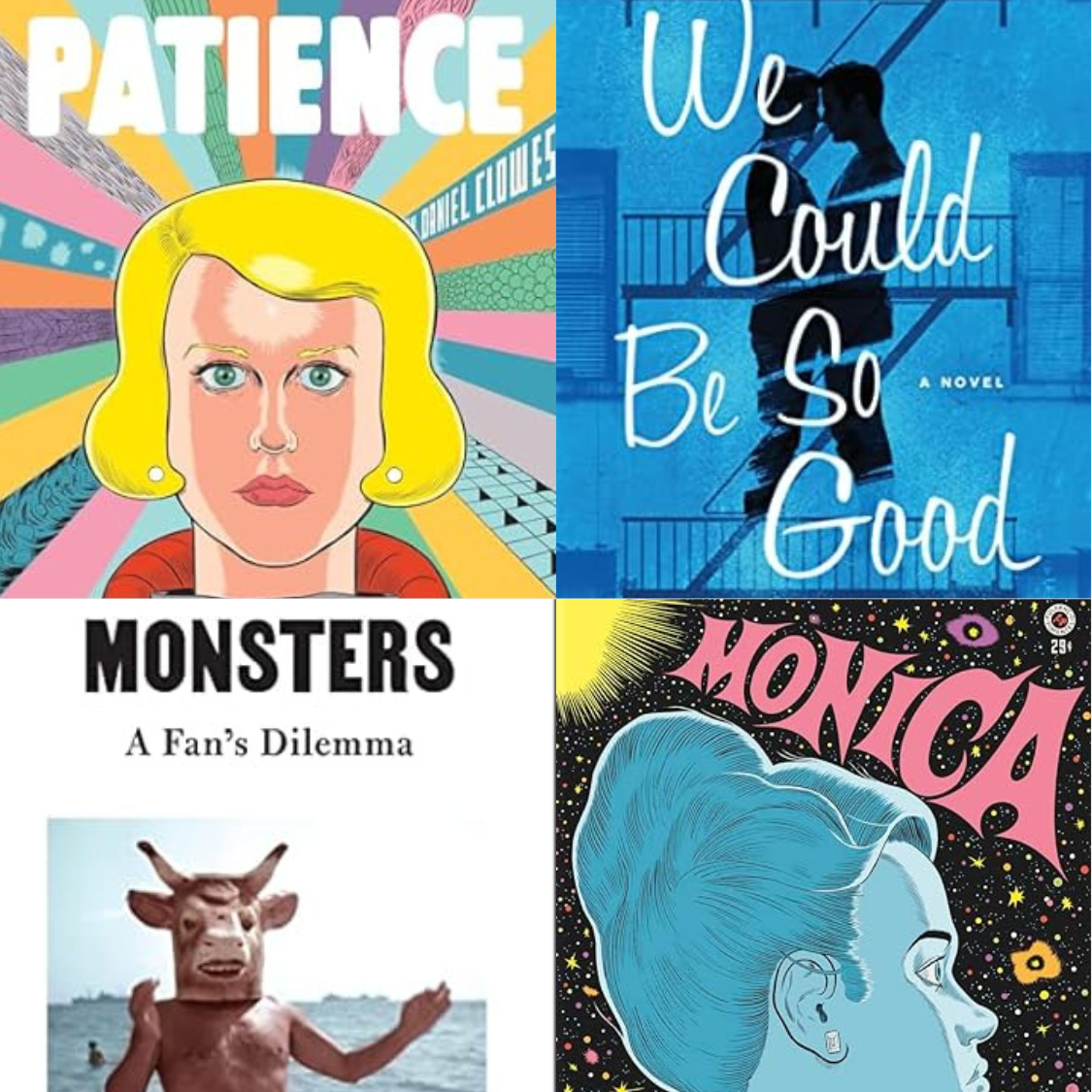Clare Dederer (Alfred A. Knopf, 2023, 288 pages)
It’s Spring, 1993. I’m enrolled in English 177, N. Katherine
Hayles’s
postwar fiction survey at UCLA. After I privately spent two weeks shrugging
off
Kerouac and Kesey as tedious misogynists, we reached Vladimir Nabokov and
Lolita.
On the first day of class discussion, a young woman
sitting behind me, not especially awed by the “Annabel Lee” allusions I had pointed out to
everyone a few seconds earlier, voiced her moral
objection to the
novel’s subject matter. Professor Hayles, who unquestionably had fielded this grievance
before,
noted Nabokov’s affection for literary puzzles, disdain for Freud, and penchant for
parody, observing he wrote
Lolita
at a time some critics began divining a novel’s “subtext” by applying the
“tools” of what Nabokov cynically nicknamed “The Viennese Delegation.”
Now I don’t know if those insights inspired my classmate to
approach the novel differently,
but at least Hayles armed her with enough context to do so on its own terms (as for
myself, I did
not post an article on The Literary Hub called
"Women Explain Lolita To
Me").
Which
leads me to this
book, essayist Dederer’s reckoning with art and artists that “fail” modern moral
tests. Ecstatic to volley such buzz
phrases such as
“erasure” and “biographical fallacy” for the kiddies but not exactly inclined to any investigation
that would require rising from her proverbial armchair, she falls into one of Nabokov’s
favorite “traps,” taking
the text
purely at face value, something he delighted in mocking — her earnest conclusion that he
“[ran]
the risk of being thought of as an ordinary criminal so that he could tell this particular
story”
would have inspired his sardonic incredulity.
However, even if you dismiss debating the finer points of Nabokovia
as my own
idée fixe, how
much effort would it have taken to engage with Michael Jackson’s catalog beyond "I Want You
Back,"
especially when such superb–to–sucky artifacts as “Billie Jean,” “Dirty Diana”
and “In the Closet”
reveal so much more about his phobias, peculiarities, and peccadillos? Likewise, it
would have taken a mouse click to discover the appalling
1969 routine in which Bill Cosby fantasizes about spiking his date’s drink with
“Spanish Fly,” yet Dederer appears to know nothing about him outside of
his unctuous ’80s sitcom.
And while I wouldn't necessarily chalk up her lack of insight in this area to racism
(pointlessly indignant outrage is her department) she evinces far more familiarity
with Scottish indie darlings Belle
and Sebastian, mentioned off–handedly twice but whose whitewashed art direction would have made a far riskier
point of discussion (I'll assume Dederer missed Sara Sahim’s
superb
“The Unbearable Whiteness of Indie” in Pitchfork, but that doesn’t
mean you should).
Granted, her Raymond Carver essay, which reconsiders the book’s
earlier stances in the context of her struggles with alcoholism, is a small triumph, but elsewhere, her
high–horse absolutism, half–assed research, and over–reliance on navel–gazing memoir
rankles. If Roman Polanski, the person as opposed to the director, is really “beyond
redemption,”
what moves her to thank a prison abolition group in her afterword? Many incarcerated
citizens seek absolution, or attempt to exorcise demons through art.
I’m sure Dederer champions some of those people, as do I. So, what separates them from Polanski?
Because she feels “guilty” for still enjoying
Chinatown?
B
Grade: B





